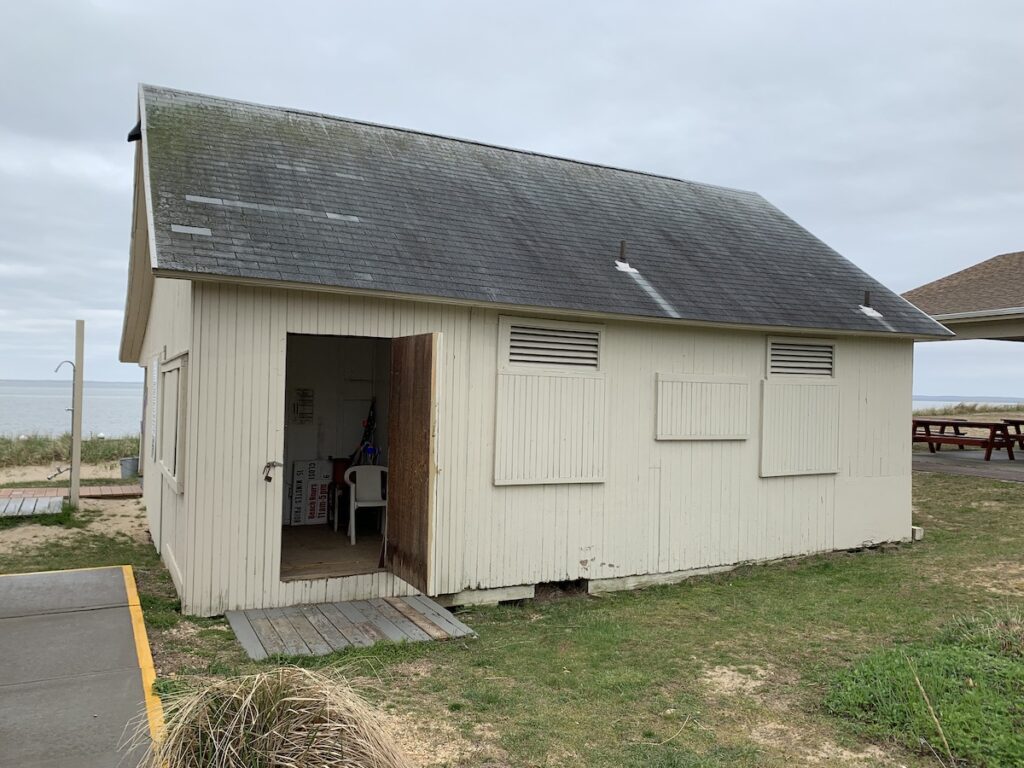Column: Exhibit shines a light on labor camp

More than any other artists, photographers rely on light to create their images. They are a team. People and landscapes are their canvas; light is the magic that brings it all together. The best ones wait until the quality of light is just right before they press the shutter.
The best photographers working in journalism are particularly patient people. They wait and wait and wait before they point the camera. Some on assignment go for days and take only one picture — or none at all. They are fine with that.
So much must come together for a photograph to be extraordinary — what French photographer Henri Cartier-Bresson called “the decisive moment.”
A historian of photojournalism will say that some photographs have changed the very arc of history, bending it toward truth. Nick Ut’s photograph “Napalm Girl” shows a Vietnamese girl burned by napalm running up a road to escape the horror of the American war in her country. For many Americans, that one photograph brought the war home, just as the 1970 photograph of a girl kneeling over a student shot dead at Kent State University did. Or consider Dorothea Lange’s 1936 photo “Migrant Mother,” which shows a deeply worried mother and her two children at the height of the Depression.
Newsday photographer Viorel Florescu’s photographs show the men and women who lived and worked at a Cutchogue farm labor camp. His photographs showcase a group of people who were little more than anonymous laborers. They were Southern-born Black men and women who lived in a building by the railroad tracks off Depot Lane. Many spent most of their lives there; some died in the camp’s bunkroom and were buried in paupers’ graves.
I’d be surprised if county health department officials spent more than 15 minutes in the place over the decades. Many residents of Southold went up and down that road almost daily and never knew people lived in the cinder-block building and worked in the barn next to it. Some who did know often stopped to drop off bags of donated clothes and shoes for the camp’s residents.
On Sept. 20, Cutchogue New Suffolk Library will hang 25 of Viorel’s photographs in its second-floor gallery. The photographs, along with two videos by Newsday photographer John Paraskevas, will be on display through the end of October. On Saturday, Oct. 1, the library will have a reception at 2 p.m. in honor of this work. The public is welcome.
As far as I know, this collection of photographs is one of the only ones ever taken inside an East End farm labor camp. There used to be dozens of such camps on both North and South forks, back when there were thousands of acres of potato fields, before the wine people and the mansion builders arrived. The Cutchogue camp was the last of its kind. For its residents, Cutchogue was truly the end of the line and the end of a long history.
When the barn burned down in 2008, the remaining residents scattered. One of them, a sweet woman named Bea Shaw, moved into an apartment in Riverhead, where she was murdered by someone who broke in looking for drugs.
Frank Singleton and Oliver Burke found their way back to homes in South Carolina and Georgia. At Frank’s homecoming he was greeted by family members who had not seen him in decades. In rural Georgia, Oliver found his mother, who had given him up as a baby so another couple could bring him north to live on blueberry farms in New Jersey.
The photographs show the people in the camp, the work they did bagging potatoes in the barn, the inside of the camp building. The photograph of Frank sitting on a dilapidated bed is shocking. That’s how he lived in Cutchogue.
Frank died in South Carolina, in the house where he was born, in 2018. His mother told me getting her son back after decades away was the biggest miracle she ever heard of. The Sunday morning he arrived, an entire nearby church emptied and the congregants walked down a sandy path to the house to greet him and have a breakfast of shrimp and grits.
Years before he walked through her front door, Oliver’s mother had put a picture of her baby next to her bed, praying he would one day come home. And he did. Some things in life are too mysterious to be explained in conventional terms.
If you come and see these photographs and the two videos, know how they broaden our view of the history here. History cannot be viewed through a narrow window. The arc, even in the America we are now living in, bends toward truth.
In photography and in writing, there are different ways to tell a story. One is detached; the other is intimate. The latter is more honest, more revealing — more decisive. That’s what Viorel did. He got inside with people the North Fork knew nothing about.
After a cancer diagnosis, Viorel died in April. I spoke to him a few days before he died to tell him about the exhibit at the library. He was grateful his work at the camp would be displayed.
This exhibit honors him, but also the generations of men and women who lived in the camp. There is no museum to these long-gone camps anywhere on the East End, nothing that tells the stories of those who lived in them.
Viorel’s photographs are the first step toward changing that.








